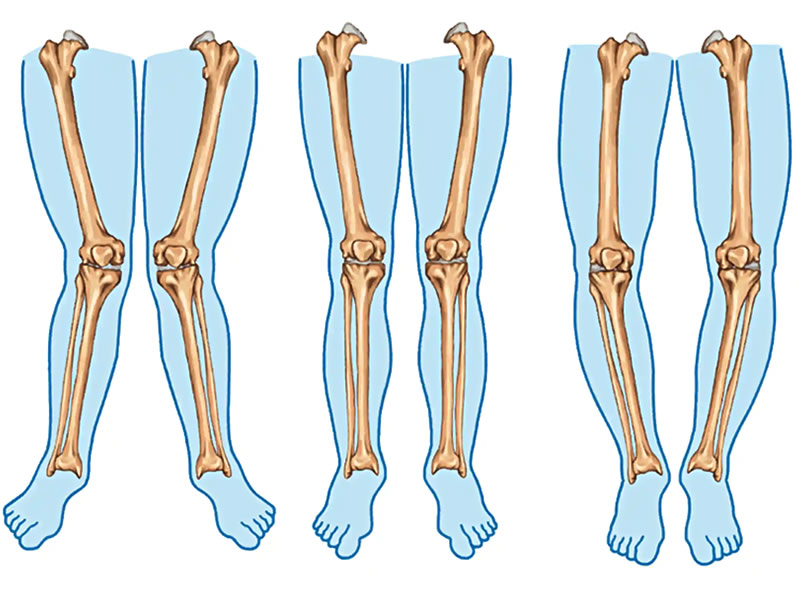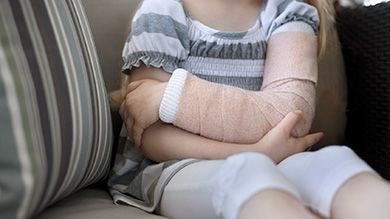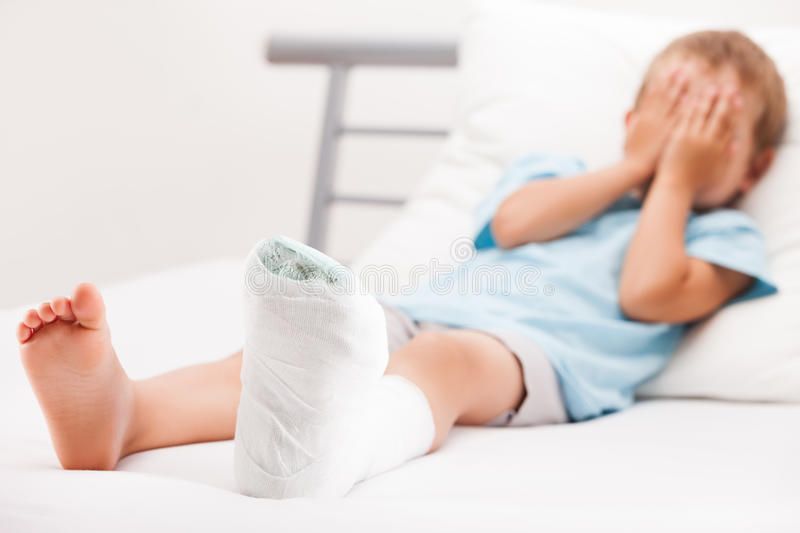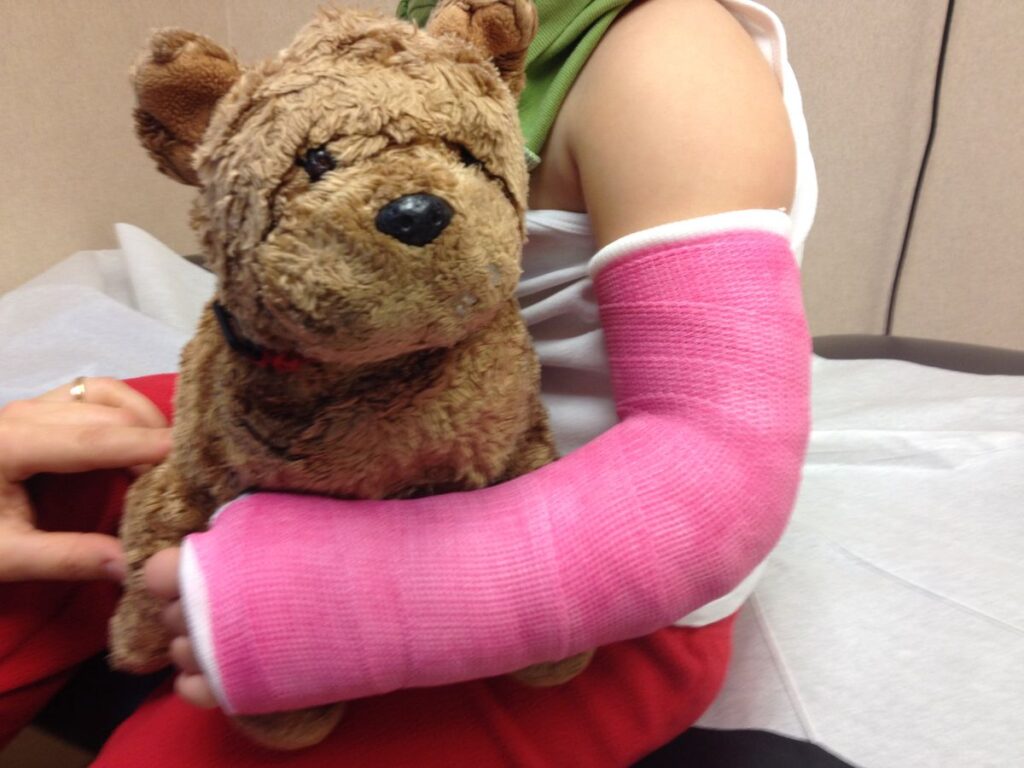Rickets is a bone disorder caused due to vitamin D deficiency, resulting in soft, weak bones and skeletal deformities. It is a very common disorder in children but can be prevented with proper nutrition and supplementation. Causes: The main cause of rickets is a deficiency of Vitamin D, which is essential for absorbing calcium…
Read MoreAs we age, it’s important to take steps to ensure our bone health is in good shape. Bones are living tissue and need to be taken care of for us to remain healthy and active. Bone health is an important part of overall health and wellness. Our bones provide us with the structure and support…
Read MoreAs a permanent & complex disorder, cerebral palsy is caused due to brain damage in a child. Several factors can lead to brain injury. The child’s brain may also be harmed before, during, or after his birth. At Present, Cerebral palsy cannot be permanently cured. Through medicine, orthotic devices, speech therapy, physical therapy, or occupational…
Read MoreAccording to the Canadian Paediatric Society, “Fractures are common injuries in childhood. While most fractures are caused by accidental trauma, inflicted trauma (maltreatment) is a serious and potentially unrecognized cause of fractures, particularly in infants and young children.” Fractures in children happen when extreme force is applied to the bone. As the bone cannot absorb…
Read MoreEach child is born with bowlegged legs as they were folded in his mother’s womb. Therefore, bow legs in children under the age of 18 months are accepted as normal. The child’s legs progressively straighten as he begins to walk. Bow legs, however, are regarded as a physical abnormality if they appear after the child…
Read MoreWhat is congenital hip dislocation? Congenital hip dislocation (CHD) occurs when a child is born with an unstable hip. It’s caused by abnormal formation of the hip joint during their early stages of fetal development. Another name for this condition is “developmental dysplasia of the hip.” This instability worsens as your child grows. The ball-and-socket…
Read MoreRadioulnar synostosis is a condition in which the two bones of the forearm are abnormally connected, which limits the rotation of the arm. Radioulnar synostosis is usually congenital. However, it can also occur due to a forearm fracture or trauma. The details on this page concentrate on congenital radioulnar synostosis. What are the symptoms of…
Read MoreA person with polydactyly is one who is born with additional fingers or toes. The words “many” (“poly”) and “digits (“dactylos”) are both Greek. Different kinds of polydactyly exist. The additional digit typically develops near the fifth finger or toe. Polydactyly tends to run in families. It may also result from genetic mutations or environmental…
Read MoreAn unknown brain injury is the most common factor causing the disorder known as cerebral palsy (or CP). It impairs the body’s ability to move and use its muscles. In layman’s terms, it throws off the body’s coordination and makes it difficult for the individual to control their parts and move normally. All motor skills,…
Read More‘Clubfoot’ is a group of foot deformities that shortens the tissues tying muscles to bones or tendons. As a result, the child’s feet may appear to be twisted downward and inward. Infants have difficulty walking because the calf muscles in the affected leg are yet undeveloped. As congenital foot deformities, clubfoot cannot be prevented…
Read More











